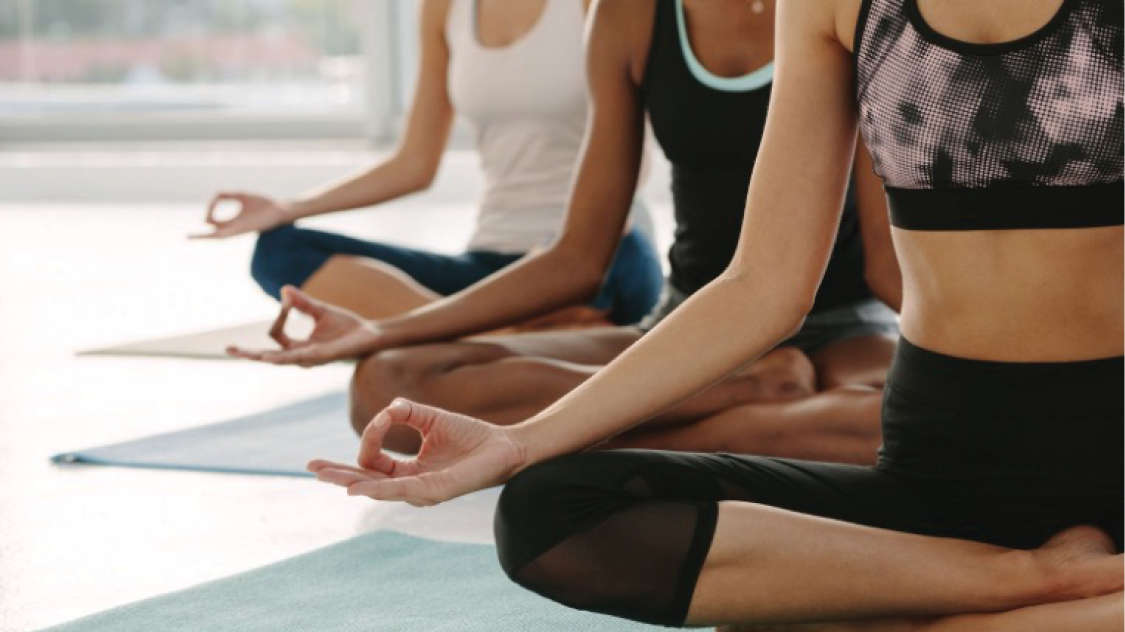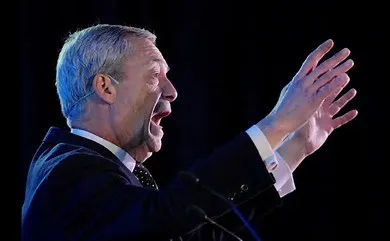Yes, but only if you leave your ego at the door of the Yogashala. That is not only the prevailing philosophy but also the only way that yoga can be truly beneficial.
Many die-hard Yoga practitioners have learned the basic principles of Yoga the hard way. Do Yoga for physical and mental well-being but ensure that your practise is a journey between yourself and your asanas.
Do not work from a place of ego, says Mayuri Singh, a Pune-based restaurant owner (Mad House Grill) who has been practising yoga for over eight years but decided to begin doing yoga on her own four years ago. When Covid hit, she completed an online Yoga teacher certification course and converted one floor of her three-storey restaurant into a Yogashala, complete with hooks and ropes at precisely the right height to enable dangling upside down. Once the country began opening up, restaurants were still running at 50% capacity, but people began coming to her Yoga classes.
Yoga reached its peak popularity globally a few years ago. Bikram hot yoga was everywhere, pushing people into unnecessarily hot rooms to sweat out their angst in stinky puddles around them. Meanwhile, B.K.S. Iyengar was teaching people to hold poses using props, to not force stiff bodies into a pose but to gradually help them make their way into it.
Since then, Mr Iyengar has gone over to the other side, and Bikram has been sued repeatedly for sexual assault and harassment and is now in hiding in Mexico. Iyengar Yoga is still popular, and many have drilled into their cement balcony walls and hung steel hooks and ropes to swing upside down, ropes chafing into the lower back, feet close together and knees spread apart in Badhukon asana.
In recent times, new-age yoga teachers have taken advantage of Covid lockdowns and begun posting smart yoga videos on YouTube. These American-style videos had decent production value, good sound, and simple, easy-to-follow instructions for asanas that anyone can do. Yoga with Adriene gained the most popularity. Adriene’s easy-to-follow folksy style insisted that everyone work at their own pace. Instead of props, she offered progressions and alternatives to deeper asanas that not everyone could get into.
Cat de Rahm is a wonderful yoga teacher based in Switzerland who made YouTube videos that were spotty on sound and visuals but had depth and technique that ideally should have been taught only in person. Cat was impossibly attractive, spoke in a low, drawn-out bedroom voice, and expected her students to do everything she was doing. The onus was on them to pick the right video – beginner, intermediate, or advanced.
The benefits of yoga as an ancient practise propagated by an endless stream of gurus and teachers are innumerable but also incomprehensible to most people. The stretching-sure, the breathing-absolutely, some strength building maybe. Mayuri says that yoga, as she practises it, the Iyengar variation of Hatha, ‘works on the endocrine system. Because it works with hormones, it stabilises you emotionally, and over time, the physical benefits, the strength, the flexibility, the stress-busting, the self-empowerment, come into play.’ But all this happens only if you work at your pace and not from ego or competitiveness. From the latter two emotions will come impatience, followed by frustration, followed by injury. ‘I broke my wrist doing yoga six years ago because I was working from a place of ego,’ says Mayuri.
Yousuf Kapasi, a celebrity DJ and music producer spoke about his association with yoga since 2005. Because of his dedication to the form and his diligence in practising it, sometimes twice in one day, Yousuf was always the best in the class.
He could do freestanding headstands, handstands, and elbow stands. He rose into the wheel as effortlessly as most people stand up straight and lift their heels.
When Covid came and classes stopped, Yousuf began working on his music, mixing, and producing work that he had never had time to do before. I sat at my computer for hours, ignoring Yoga, ignoring my body, quite certain that my almost two decades of practising would hold me together, but it didn’t. An ageing body and a rigid mind, mixed with a degree of overconfidence and ego, are a heady mix for injury.
Yousuf hasn’t practised yoga for almost two years. The asanas that everyone looked up to him are now failing him.
His back hurts if he attempts the most basic of forward bends. His discs are compressed. Doctors have recommended surgery. He just took a spinal injection that is expected to provide relief, but that remains to be seen.
People who are regular practitioners of Yoga often become Yoga snobs. They scoff at those who don’t do yoga, those who can’t get into the most basic of asanas, and those who moan and groan about ageing and aching bodies.
But these practitioners have adopted a rigidity associated with yoga that is the very antithesis of what yoga is meant to be. Yousuf was one such rigid yogi who didn’t like to go on vacation or take a break from his practise because, he said, it upset his routine. “Yoga is supposed to make you flexible,” he says now.
And finally, there are the yoga class insiders, the groupies, the ones who make everyone else feel like they don’t belong. They are good at the asanas but not so much with emotional stability and self-empowerment.
“You have to do as much as makes you feel good. Keep your age in mind. It is also important to push yourself out of your comfort zone, but know your body and the difference between good pain and bad pain,” says Yousuf as he slowly prepares to restart yoga classes.
The author is a columnist.























